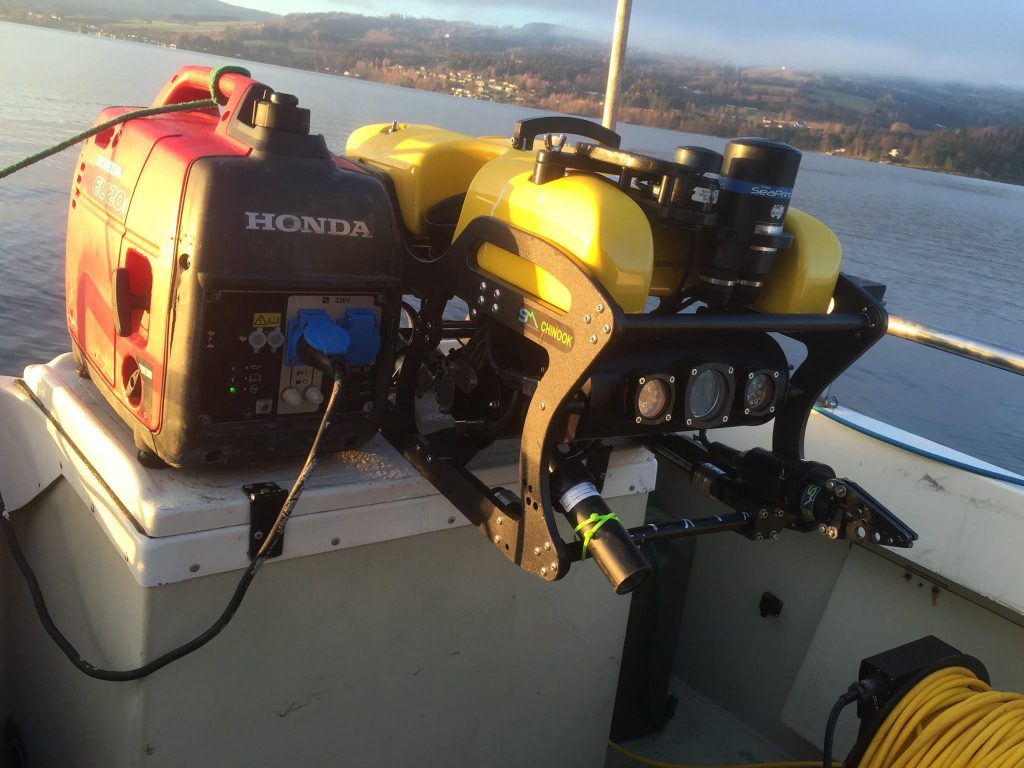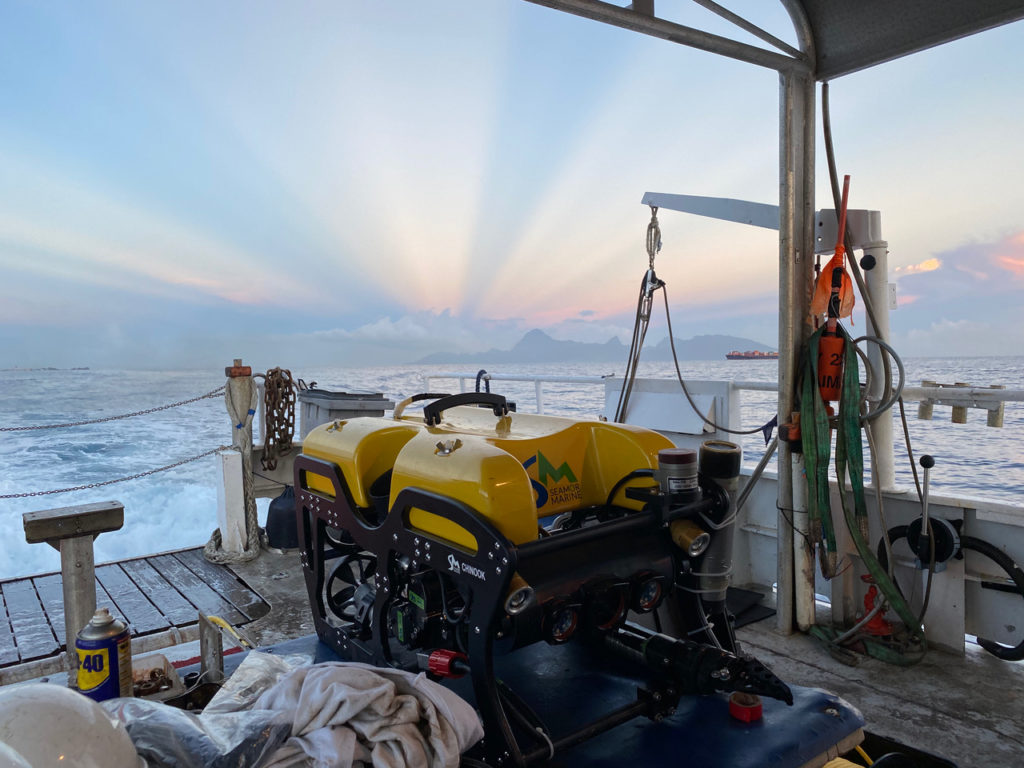What is a good ROV power source and what is a bad ROV power source? A good power source is one that can power your ROV, its accessories and tools, and the redundancy system when things go wrong. You always want to have a little more power than you need just in case. A bad source is one that does power your ROV and its activities for the calculated mission.
Calculating ROV power requirements involves estimating the power consumption of all components and systems, and then determining an appropriate power source and distribution system. More on that in these two posts: ROV power sources and ROV power requirements.
Spotting a poor power source or a battery with a short lifespan in your ROV is crucial for ensuring the reliability and longevity of your underwater vehicle.
Signs of a poor ROV power source
- Rapid Capacity Loss: If the battery’s capacity diminishes significantly after only a few charge cycles, it could indicate poor quality or improper handling. High-quality batteries should maintain their capacity over a reasonable number of cycles.
- Inconsistent Performance: If you notice inconsistent or unpredictable performance of your ROV, such as sudden power drops or unexpected shutdowns, it could be due to an unreliable power source.
- Short Operating Time: If your ROV can’t operate for the expected duration on a single charge or power source, it may be a sign of inefficient power management or a low-capacity battery.
- Overheating: Excessive heat generation during charging or discharging can be a sign of poor-quality batteries or inadequate thermal management.
- Swelling or Leaking: Physical changes like battery swelling or leaking can indicate a poor-quality battery that poses safety risks.
- Limited Depth Rating: Some batteries may not be suitable for deep-sea applications due to pressure-related issues. Ensure that the chosen power source is designed for the intended depth of operation.

Price and Quality Trade-offs
Balancing price and quality is essential, but prioritizing reliability and safety is paramount when selecting a power source for your ROV. Investing in a high-quality power solution can ultimately save you time, money, and potential complications in the future.
- Safety Features. High-quality ROVs often include safety features like overcharge protection, temperature monitoring, and short-circuit protection to mitigate risks.
- Manufacturer Reputation. Research the reputation of the ROV manufacturer. Established and reputable companies are more likely to produce reliable ROVs. However, ask them about their average ROV lifespan AND battery lifespan. Many ROV manufacturers do not use modular designs which makes switching out a battery very difficult. SEAMOR ROVs live many years longer than the industry average and we do not have the added cost and hassle of switching out your batteries every couple years.
- Environmental Conditions. Consider the operating temperature range and any special requirements of your ROV’s deployment environment. Some batteries perform better or worse in extreme conditions.
- Certifications and Standards. Look for ROVs that adhere to industry standards. You want you ROV to come from a team with experience in various industries doing different jobs (like SEAMOR Marine ;)).
- Warranty and Support. A longer warranty period and reliable customer support can indicate a manufacturer’s confidence in their product’s quality. We strive to offer you the best customer service at all times, even after the warranty expires.
- Customization and Compatibility. SEAMOR offers customization options to fit specific ROV needs. We ensure compatibility with your vehicle’s job requirements.
- Cost of Ownership: While a lower upfront cost might be appealing, consider the long-term cost of ownership, including replacement frequency and operational downtime. SEAMOR ROVs can save you thousands in the long term.
Battery Considerations
- Battery Chemistry. Different battery chemistries (e.g., lithium-ion, lithium-polymer) offer varying energy densities, lifespans, and safety profiles. Choose a chemistry that aligns with your ROV’s requirements and operational environment.
- Capacity and Energy Density. Higher capacity and energy density batteries provide longer operating times, but they may come at a higher cost. Consider your mission duration needs when evaluating capacity.
- Cycle Life. A battery’s cycle life indicates how many charge-discharge cycles it can undergo before its capacity significantly diminishes. Higher-quality batteries generally have longer cycle lives.
For the SEAMOR community, tethered power is our go-to ROV power option. Our ROVs are true work-horses, the pick-up trucks of the sea, and take on heavy and long tasks. Batteries are not the best choice for heavy lifting. However, if you only use your ROV for purely inspection jobs, it is worth weighing your options.

